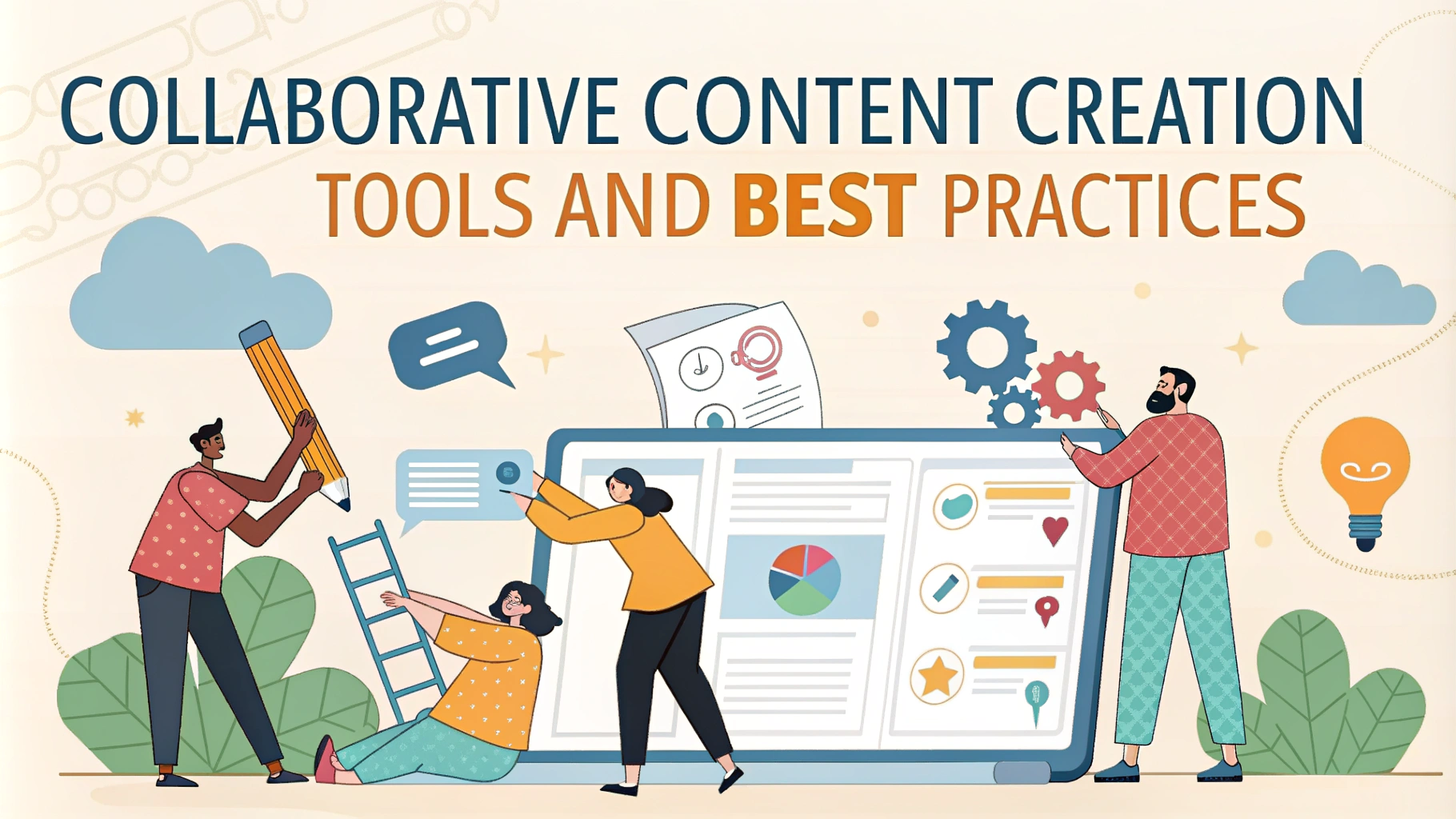Contextual personalization is revolutionizing how businesses engage with their audience. By delivering the right content at the right moment, companies can significantly improve user experience and drive better results. This article explores effective strategies for implementing contextual personalization in your marketing efforts.
Understanding Contextual Personalization
Contextual personalization goes beyond basic demographic targeting. It considers real-time factors like:
- User location
- Time of day
- Device type
- Previous interactions
- Current behavior
By analyzing these contextual cues, businesses can deliver highly relevant content that resonates with users at the perfect moment.
Benefits of Tailored Content Delivery
Improved engagement is a key advantage of contextual personalization. When users receive content that matches their current needs and situation, they’re more likely to interact with it.
Other benefits include:
- Higher conversion rates
- Increased customer loyalty
- Better brand perception
- Reduced bounce rates
By providing value at the right time, businesses can build stronger relationships with their audience.
Mapping the Customer Journey
To implement effective contextual personalization, it’s essential to understand your customer’s journey. This involves:
- Identifying key touchpoints
- Analyzing user behavior at each stage
- Determining moments of high intent
- Recognizing potential pain points
Use tools like customer journey mapping and analytics to gain insights into your audience’s path to purchase.
Example: E-commerce Customer Journey
| Stage | Context | Personalization Opportunity |
|---|---|---|
| Awareness | User browsing social media | Targeted ad with trending products |
| Consideration | User comparing products on site | Personalized product recommendations |
| Purchase | User adding items to cart | Time-sensitive discount offer |
| Post-purchase | User received product | Follow-up email with usage tips |
Implementing Data-Driven Personalization Strategies
Data collection and analysis form the foundation of effective contextual personalization. To create tailored experiences:
- Collect first-party data through website interactions, app usage, and customer feedback
- Leverage third-party data to enrich user profiles
- Use AI and machine learning algorithms to identify patterns and preferences
- Segment your audience based on behavior and context
Remember to prioritize data privacy and comply with regulations like GDPR when collecting and using customer information.
Key Data Points for Contextual Personalization
- Browsing history
- Purchase behavior
- Content preferences
- Device usage patterns
- Geolocation data
- Time-based interactions
By combining these data points, you can create a comprehensive view of your users and deliver highly personalized experiences.
Leveraging AI and Machine Learning for Personalization
AI and machine learning algorithms can analyze vast amounts of data to identify patterns and predict user preferences. These technologies enable:
- Real-time content recommendations
- Dynamic pricing based on user behavior
- Automated A/B testing for personalized experiences
- Predictive analytics for future user needs
Implement AI-powered chatbots and virtual assistants to provide personalized support and recommendations 24/7.
Omnichannel Personalization Strategies
Create a seamless personalized experience across all touchpoints:
- Sync user data across devices and platforms
- Tailor content for different channels (e.g., mobile, desktop, email)
- Use push notifications for timely, contextual messages
- Implement cross-channel retargeting campaigns
Ensure consistency in messaging and branding while adapting to each channel’s unique characteristics.
Example: Cross-Channel Personalization
| Channel | Personalization Tactic |
|---|---|
| Website | Dynamic content based on browsing history |
| Mobile App | Location-based offers and notifications |
| Behavior-triggered automated campaigns | |
| Social Media | Targeted ads based on interests and interactions |
Measuring and Optimizing Personalization Efforts
Track key performance indicators (KPIs) to assess the effectiveness of your personalization strategies:
- Conversion rates
- Click-through rates
- Time spent on site
- Customer lifetime value
- Net Promoter Score (NPS)
Use A/B testing and multivariate testing to refine your personalization tactics. Continuously analyze results and adjust your approach based on data-driven insights.
Tips for Effective Personalization Measurement
- Set clear goals and benchmarks
- Use control groups to measure impact
- Segment data to identify high-performing audience groups
- Monitor both short-term and long-term metrics
Conclusion: The Future of Contextual Personalization
Contextual personalization is reshaping the way businesses interact with their audience. By delivering tailored experiences at the right moment, companies can significantly enhance user engagement and drive better results.
Key takeaways for successful implementation:
- Understand your customer’s journey and context
- Leverage data and AI to deliver relevant content
- Create seamless experiences across all channels
- Continuously measure and optimize your efforts
As technology evolves, expect to see even more sophisticated personalization techniques emerge. Stay informed about new trends and tools to keep your strategies ahead of the curve.













